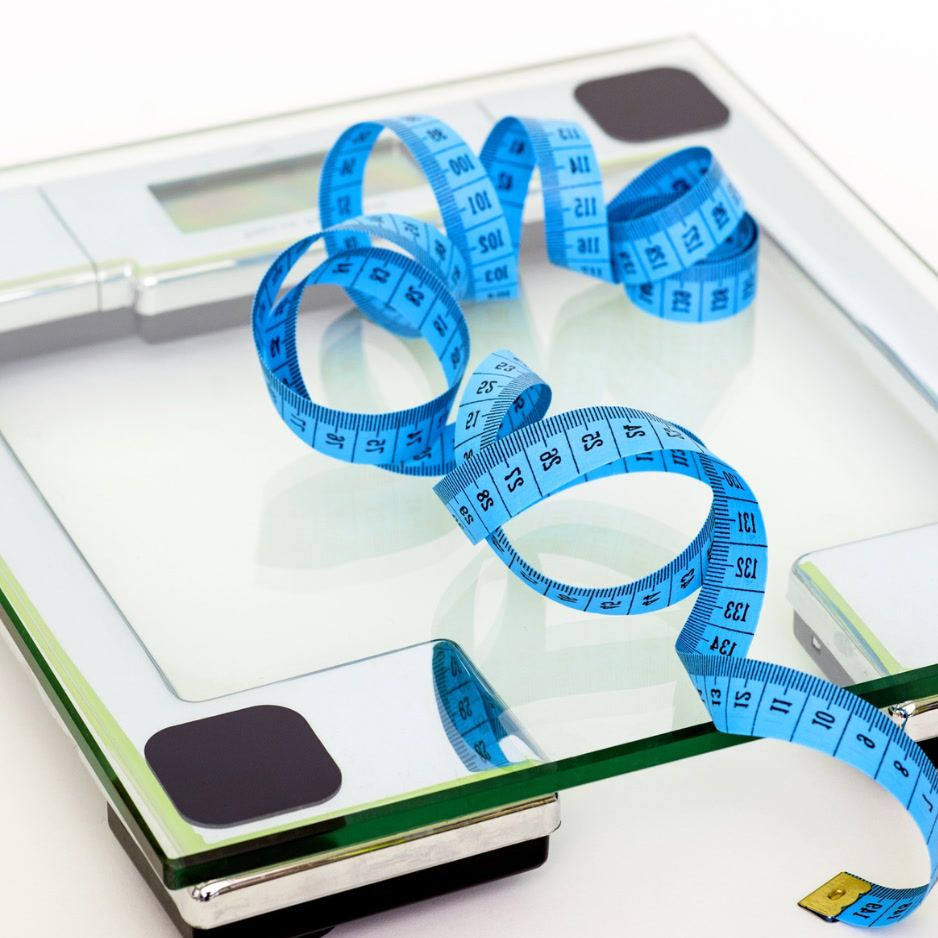Is Menopause Belly Real? Understanding and Tackling Menopause-Related Belly Fat

First off, is “Menopause Belly” real? Well, yes and no. Menopause belly is a term used to describe the changes in body composition and fat distribution that some women experience during menopause. As hormone levels fluctuate and decline during this time, many women notice an increase in abdominal fat. The truth is that menopause belly is real, and it's primarily due to the hormonal changes that occur during this phase of a woman's life.
During menopause, estrogen levels drop, which can lead to changes in metabolism and fat distribution. This can result in a shift of fat storage from the hips and thighs to the abdomen, giving rise to the so-called menopause belly. Other factors contributing to menopause belly include age-related muscle loss, decreased physical activity, and poor dietary habits.
Get weekly updates.
How Has Our Understanding of Menopause Changed Over Time?
Our understanding of menopause has evolved significantly over the years. Menopause was once considered a natural but unfortunate part of aging for women, with little that could be done to alleviate symptoms or reduce health risks. However, in recent decades, scientific research has provided a better understanding of the hormonal changes that occur during menopause and the impact of these changes on women's health.
Today, we know that menopause is a complex biological process that affects various aspects of a woman's health, including body composition, metabolism, bone density, and cardiovascular health. This has led to the development of targeted therapies and lifestyle interventions aimed at managing menopausal symptoms and reducing the risk of health complications.
What is Belly Fat?
Belly fat, also known as abdominal fat, refers to the fat that accumulates around the midsection of the body. There are two types of belly fat: subcutaneous fat, which is the fat just beneath the skin, and visceral fat, which is the fat that surrounds the internal organs. While both types of fat can contribute to an increase in waist circumference, visceral fat is of particular concern due to its association with various health risks, such as cardiovascular disease, type 2 diabetes, and certain cancers.
What is Visceral Fat and How Can It Be Tackled?
Visceral fat is the fat that surrounds the internal organs in the abdominal cavity. It is metabolically active and can release inflammatory substances and hormones that contribute to insulin resistance, inflammation, and other health problems. Tackling visceral fat is crucial for reducing the risk of health complications associated with menopause belly.
To address visceral fat, women should focus on adopting a healthy diet that emphasizes whole foods, lean proteins, healthy fats, and plenty of fruits and vegetables. Some SSRIs like Sertraline and Lexapro may also cause weight gain and have about twice as much use among women versus men. Regular physical activity, including both aerobic exercise and resistance training, can help burn fat and preserve lean muscle mass. Additionally, stress management and getting enough sleep are essential for hormone balance and overall health during menopause.
How Can a BodySpec DEXA Scan Help with Menopause Belly?
A BodySpec DEXA scan is a non-invasive, accurate method for measuring body composition, including fat distribution and muscle mass. By undergoing a DEXA scan, women can obtain valuable insights into their abdominal fat levels, including visceral fat. This information can help guide targeted interventions, such as dietary changes and exercise programs, to address menopause belly effectively.
Armed with this data, women can work with healthcare professionals or fitness experts to develop personalized strategies to combat menopause belly and reduce health risks associated with increased abdominal fat.
Highlights:
- Menopause belly is real and results from hormonal changes that occur during menopause.
- Our understanding of menopause has evolved, leading to targeted therapies and lifestyle interventions.
- Belly fat includes subcutaneous and visceral fat, with visceral fat posing greater health risks.
- Tackling visceral fat involves adopting a healthy diet, regular exercise, stress management, and getting enough sleep.
- A BodySpec DEXA scan can provide insights into abdominal fat levels, helping guide interventions to address menopause belly effectively.
Citations:
Davis, S. R., Castelo-Branco, C., Chedraui, P., Lumsden, M. A., Nappi, R. E., Shah, D., & Villaseca, P. (2012). Understanding weight gain at menopause. Climacteric, 15(5), 419-429. Link to article.
Lovejoy, J. C. (2003). The menopause and obesity. Primary Care: Clinics in Office Practice, 30(2), 317-325. Link to article.
Mayo Clinic. (2020). Menopause weight gain: Stop the middle age spread. Link to article.
Harvard Health Publishing. (2019). Abdominal fat and what to do about it. Link to article.
Santosa, S., & Jensen, M. D. (2015). Why are we shaped differently, and why does it matter? American Journal of Physiology-Endocrinology and Metabolism, 309(2), E149-E157. Link to article.
BodySpec. (n.d.). What is a DEXA scan? Link to article.
Guglielmi, G., Ponti, F., Agostini, M., Amadori, M., Battista, G., & Bazzocchi, A. (2016). The role of DXA in sarcopenia. Aging Clinical and Experimental Research, 28(6), 1047-1060. Link to article.


